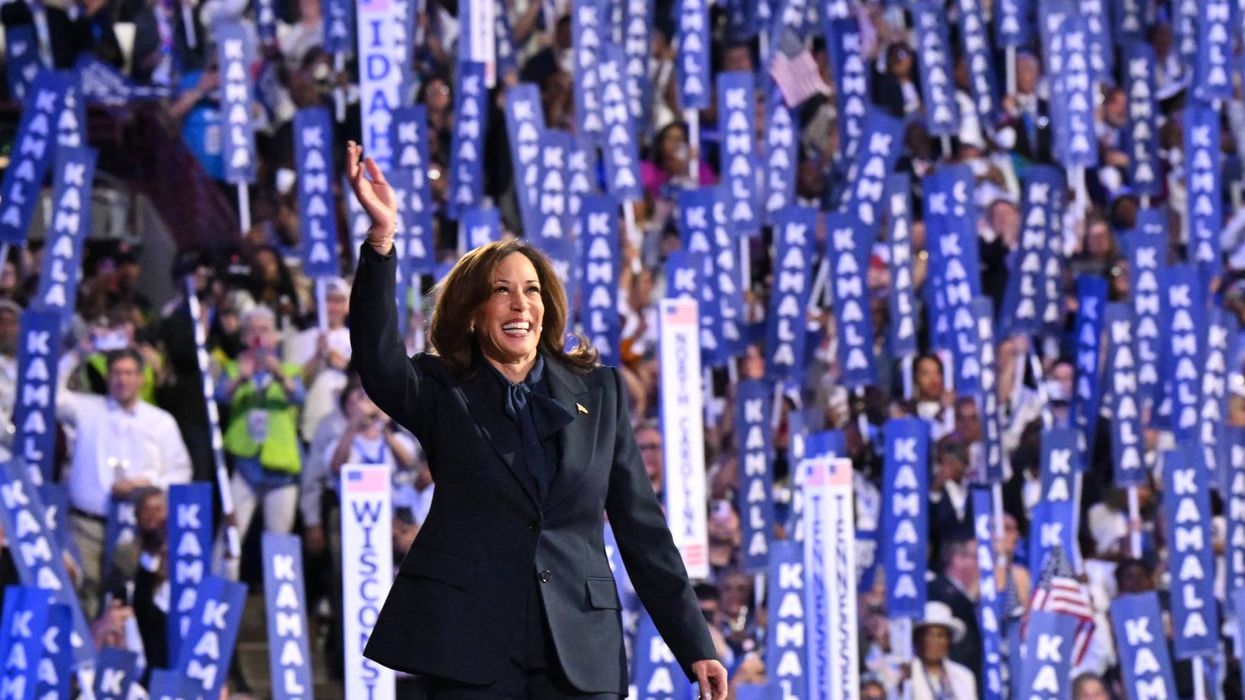Now that the 2024 Oscar nominations have been announced, and the voting window for eventual winners is around the corner, awards season has kicked into high gear.
Moviegoers had a lot of thoughts, feelings, opinions, and reactions to this year’s nominations, including how Greta Gerwig wasn’t nominated in the Best Director category despite Barbie being a bona fide cultural phenomenon, the highest-grossing movie of the year ($1.4 billion worldwide), and receiving eight other nominations, including Best Picture. Now, members of the Academy of Motion Picture Arts and Sciences will gear up to make their final voting decisions from Feb. 22 to Feb. 27, and determine who will be granted a coveted Academy Award statuette on Sunday, March 10. Comedian Jimmy Kimmel will be returning as host.
While millions of people tune in to the Oscars every year, there are still viewers who aren’t fully aware of how the voting process actually works and what goes on behind the scenes in order for filmmakers to bring home the coveted gold statues.
Here’s a breakdown:
There are more than 10,500 members in the Academy as of 2023. Back in 2016, there were just 6,261 members (92% were white and 75% were male). All of the members make up 18 different branches, including ones like: actors, directors, executives, music, producers, costume designers, short film, and feature animation, amongst others. Members of each category vote to honor nominees in their respective categories — directors nominate directors, actors nominate actors, etc. — and all members are allowed to vote on Best Picture nominees. Then, when it comes to voting for final winners, everyone is allowed to vote across categories.
In light of the Academy’s lack of diversity following the #OscarsSoWhite scandal, the organization has continued to invite hundreds of new members each year in an effort to expand their membership, ultimately hoping to shift the overall representation of Oscars winners. In 2023, for example, the Academy — led by president Janet Yang — invited 398 new members including Keke Palmer, Stephanie Hsu, The Weeknd, and Taylor Swift. A few years ago, the Academy said that “it has doubled the number of members of color and women in its ranks, to 19 percent and 33 percent.”
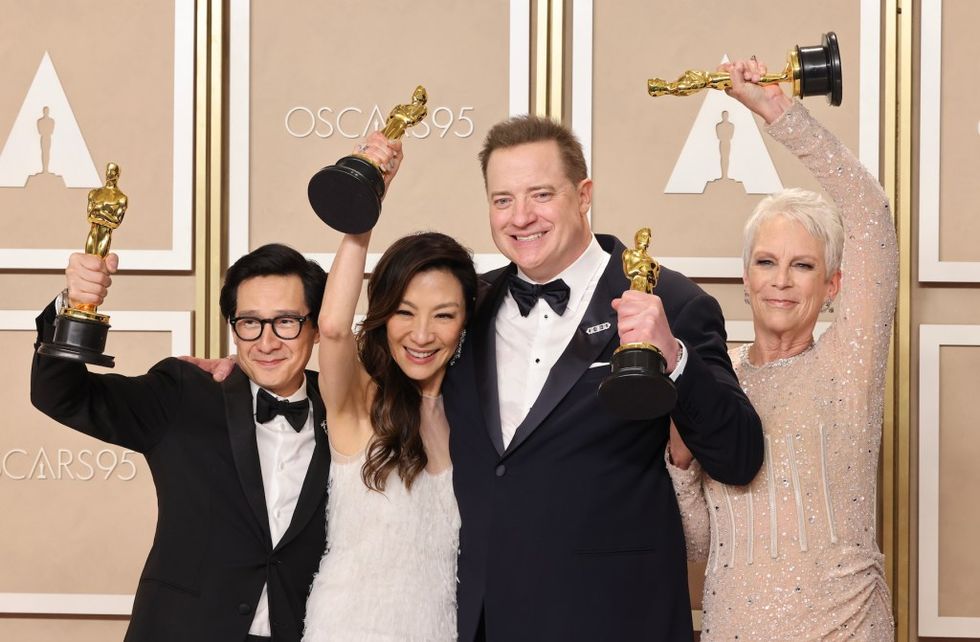
GENERAL ELIGIBILITY
In order to be eligible for an Oscar nomination, your film (excluding the shorts categories) must be:
- Feature length (40 minutes or more).
- Publicly exhibited for paid admission in a “commercial motion picture theater” in at least one of six qualifying U.S. metro areas: Los Angeles County, New York City, the Bay Area, Chicago, Miami, and Atlanta, for at least seven straight days in the same theater, with at least three screening times per day.
- Films that receive their first public showing outside of a movie theater, e.g. on television, online or via VOD, will not be eligible. Day-and-date releases (releasing in theaters and streaming/VOD on the same day) are still eligible.
- The film’s theatrical qualifying run must begin between Jan. 1, 2023, and Dec. 31, 2023. Films first exhibited outside the U.S. are still eligible provided their theatrical run occurred after Jan. 1, 2022, and may show on television or elsewhere provided they occur outside the U.S.
BEST PICTURE
While most Oscar categories max out at five nominees, in 2009, the Academy made a change to start allowing a maximum number of ten nominees for Best Picture. The purpose of expanding the category was to attempt to broaden the kinds of films that are recognized beyond just indie, arthouse films, after The Dark Knight and Wall-E were snubbed for Best Picture.
Also, in 2024, the Academy implemented a new rule: Films must complete a confidential Representation and Inclusion Standards Entry form (RAISE) that meets two of four standards in order to be eligible to be nominated.
Also, in 2024, the Academy implemented a new rule: Films must complete a confidential Representation and Inclusion Standards Entry form (RAISE) that meets two of four standards in order to be eligible to be nominated:
- Standard A: On-Screen Representation, Themes, and Narratives (Must complete one):
- One of the lead actors or “significant supporting actors” is from an underrated racial or ethnic group.
- At least 30% of actors in minor roles are from at least two underrepresented groups, including: women, racial or ethnic group, LGBTQ+, the disabled.
- The main storyline, theme or narrative of the film is centered on at least one of the four aforementioned underrepresented groups.
- Standard B: Creative Leadership and Project Team (Must complete one):
- At least two of the following positions — Casting Director, Cinematographer, Composer, Costume Designer, Director, Editor, Hairstylist, Makeup Artist, Producer, Production Designer, Set Decorator, Sound, VFX Supervisor, Writer — must be from one of the four underrepresented groups, and at least one must be from an underrepresented racial or ethnic group.
- At least six other crew/team members (excluding PAs) must be from an underrepresented racial or ethnic group.
- At least 30% of the film’s crew is from one of the four underrepresented groups.
- Standard C: Industry Access and Opportunities (Must complete one):
- Film has at least two apprentices/interns from one of the four underrepresented groups (including one from an underrepresented racial or ethnic group) in production/development, physical production, post-production, music, VFX, acquisitions, business affairs, distribution, marketing, and publicity.
- Film’s production, distribution or financing company provides training/work opportunities to people from one of the four underrepresented groups.
- Standard D: Audience Development
- Studio or film company has at least two “in-house senior executives” on their creative and development, marketing, publicity, and/or distribution teams from one of the four underrepresented groups, and at least one from an underrepresented racial or ethnic group.
Ranked-Choice Voting
- Best Picture voters order their nominees in preferential order and, as PBS put it, “If one movie comes away with more than 50% of the first-place votes in the first round, that’s the winner. But if no movie meets that threshold, then the one with the fewest first-place votes is eliminated — people who had ranked that film first will have their votes transferred to their second choices. And so on it goes until some movie wins a majority.”
- Ranked-choice voting for Best Picture has led to criticism that the more innovative/riskier films are excluded due to the process.
Ranked-choice voting for Best Picture has led to criticism that the more innovative/riskier films are excluded due to the process.
ACTING AWARDS
“Category fraud,” or a performance appearing in a supporting category when it’s a lead and vice versa, is a common problem within the acting awards, and a performance’s category (in Best Actor/Actress or Best Supporting Actor/Actress) seems to be determined by the movie’s studio. But according to the Academy, “The determination as to whether a role is a leading or supporting role shall be made individually by members of the branch at the time of balloting.” Furthermore, an actor or actress cannot receive two nominations in the same category, but could receive a lead nomination and supporting nomination.
BEST DIRECTOR
The makeup of each branch in the Academy largely determines who makes history as Oscar winners. With the Best Director nominees, for instance, the Academy has been notoriously exclusionary toward women and people of color. The director branch is the most male of any branch, which gives context to the fact that in the award show’s 96-year history there’s only been eight women nominated for Best Director. Even this year in 2024, three out of the ten films nominated for Best Picture were directed by women — Barbie by Greta Gerwig, Past Lives by Celine Song, and Anatomy of a Fall by Justine Triet — and only one of these women, Triet, was nominated in the Best Director category. There’s also only been six Black directors nominated for Best Director; nine Asian directors nominated for Best Director; and five Latin American directors nominated for Best Director. No Black director has ever won.
WRITING AWARDS
Many were confused by the fact that Barbie was nominated for Best Adapted Screenplay instead of Best Original Screenplay, but technically the film is based on source material (in this case, existing IP) which is the qualifying factor between the two screenplay categories.

INTERNATIONAL FEATURE
On a basic level, the film must be feature-length (over 40 minutes), produced outside of the U.S., and have over 50% of its dialogue be non-English. It must also debut in at least one commercial theater between Dec. 1, 2022 and Oct. 31, 2023, and play for seven consecutive days. Accurate English subtitles are required.
Things get more complicated when it comes to the nomination process. The Academy Award for Best International Feature Film, formerly called Best Foreign Language Feature until 2019, undergoes a different selection process than other categories. Instead of Academy members voting for these nominees, film committees or organizations from different countries across the globe are allowed to submit one film per country for consideration (and a country’s selection committee must be made up of at least 50% film artists/craftspeople). Then the International Feature Film Preliminary Committee comes up with a shortlist of nominees, ultimately whittled down by the International Feature Film Nominating Committee, who decides on the final list of nominees. In terms of voting for final winners, only active Academy members who have watched all of the nominated films are allowed to participate.
MUSIC AWARDS
In order to be eligible for Best Original Score, the score must be the result of a collaboration between filmmaker and composer/songwriter(s), and comprise a minimum of 35% of the music in the film. Scores are ineligible if they’re done by more than one composer (though a composing duo, like Trent Reznor and Atticus Ross, is allowed if they are deemed equal collaborators). And when it comes to sequels/franchises, the threshold is even higher: the score must have over 80% newly composed music that does not include “pre-existing themes borrowed from previous scores in the franchise.” To qualify for Best Original Song, the words and lyrics must be written specifically for the picture and there must be “a clearly audible, intelligible, substantive rendition (not necessarily visually presented) of both lyric and melody, used in the body of the motion picture or as the first music cue in the end credits.”
Tune in to the 96th Academy Awards Sunday, March 10, at 7 p.m. EST/4 p.m. PST on ABC.



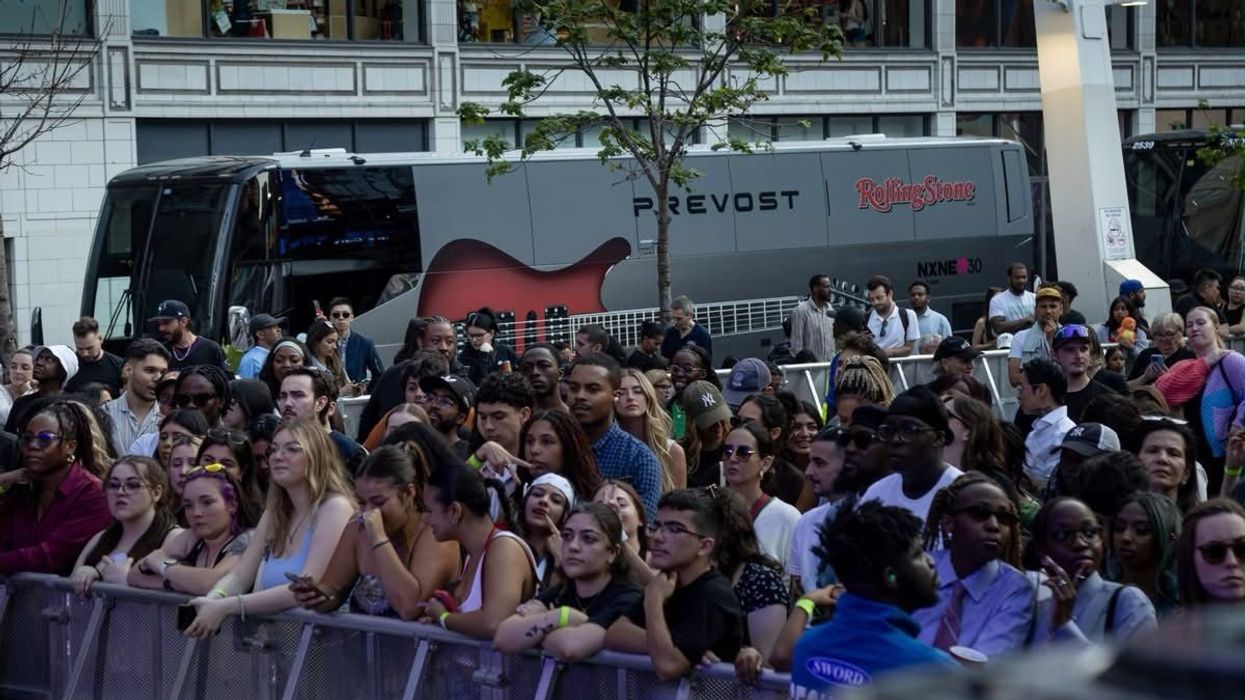








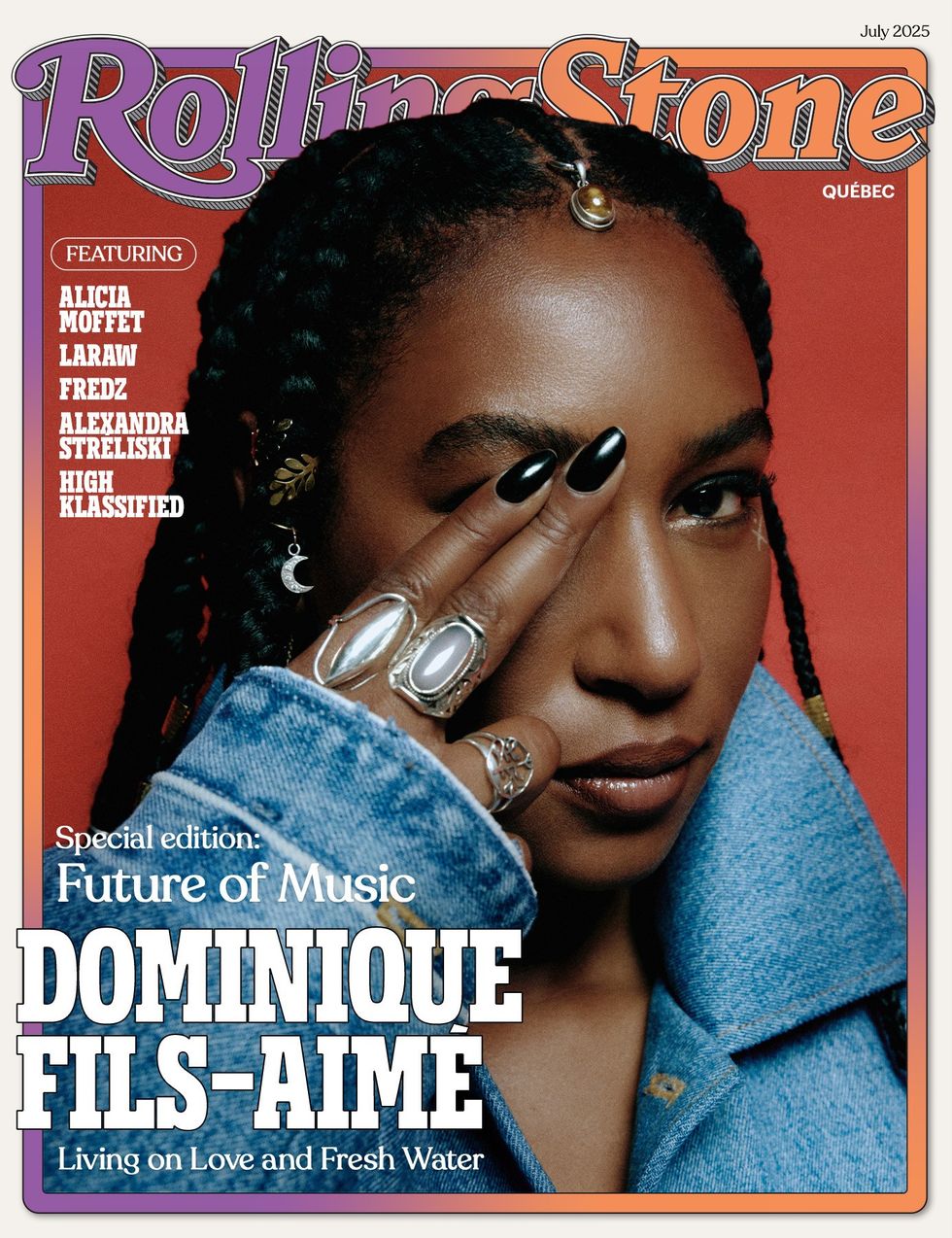 Jean Jacket: Repull/Jewelry: Personal collection
Jean Jacket: Repull/Jewelry: Personal collection Hat: Xtinel/Dress shirt and vest: Raphael Viens/Jewelry: Personal Collection & So Stylé
Hat: Xtinel/Dress shirt and vest: Raphael Viens/Jewelry: Personal Collection & So Stylé 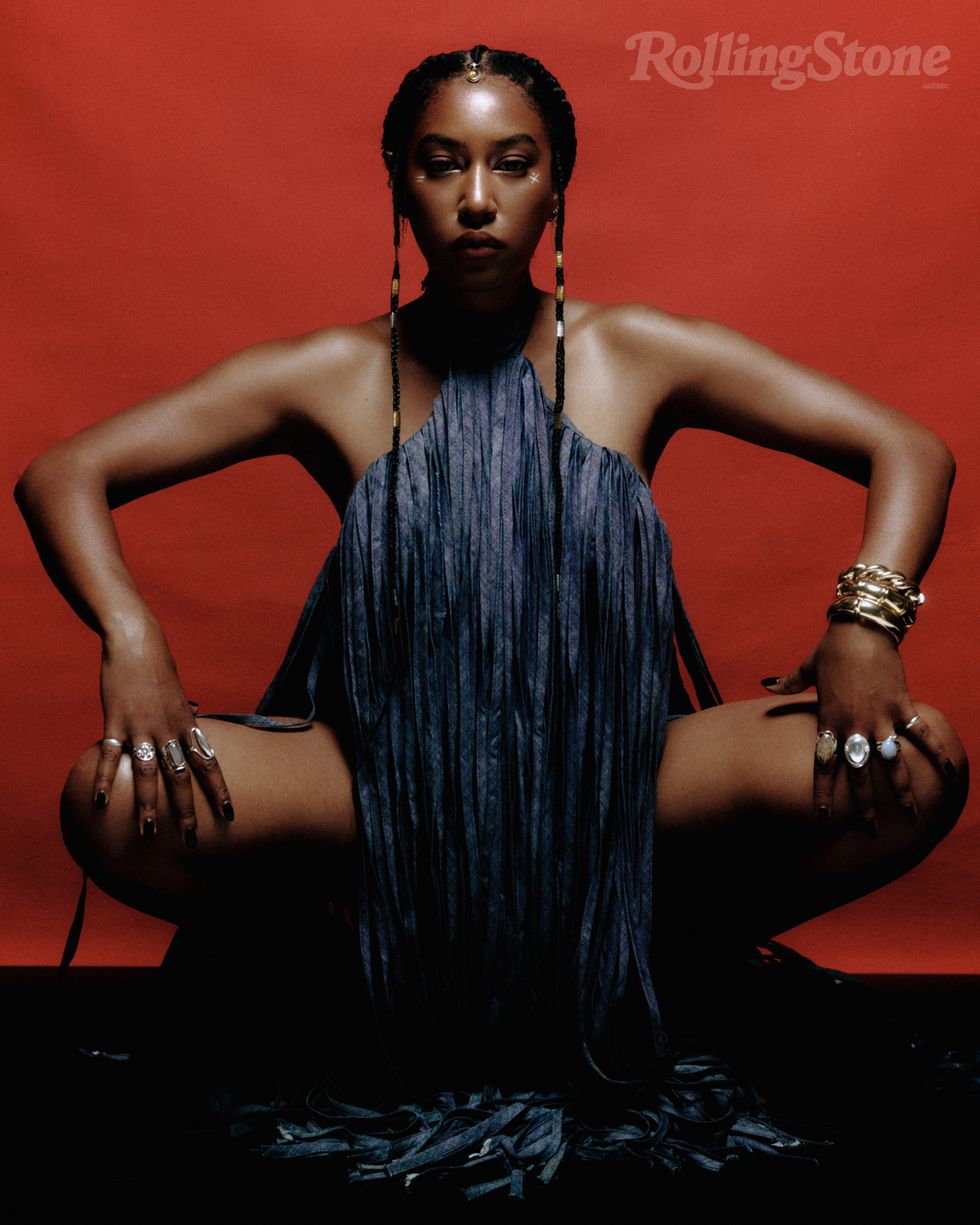 Dress: Helmer/Jewelry: Personal Collection
Dress: Helmer/Jewelry: Personal Collection 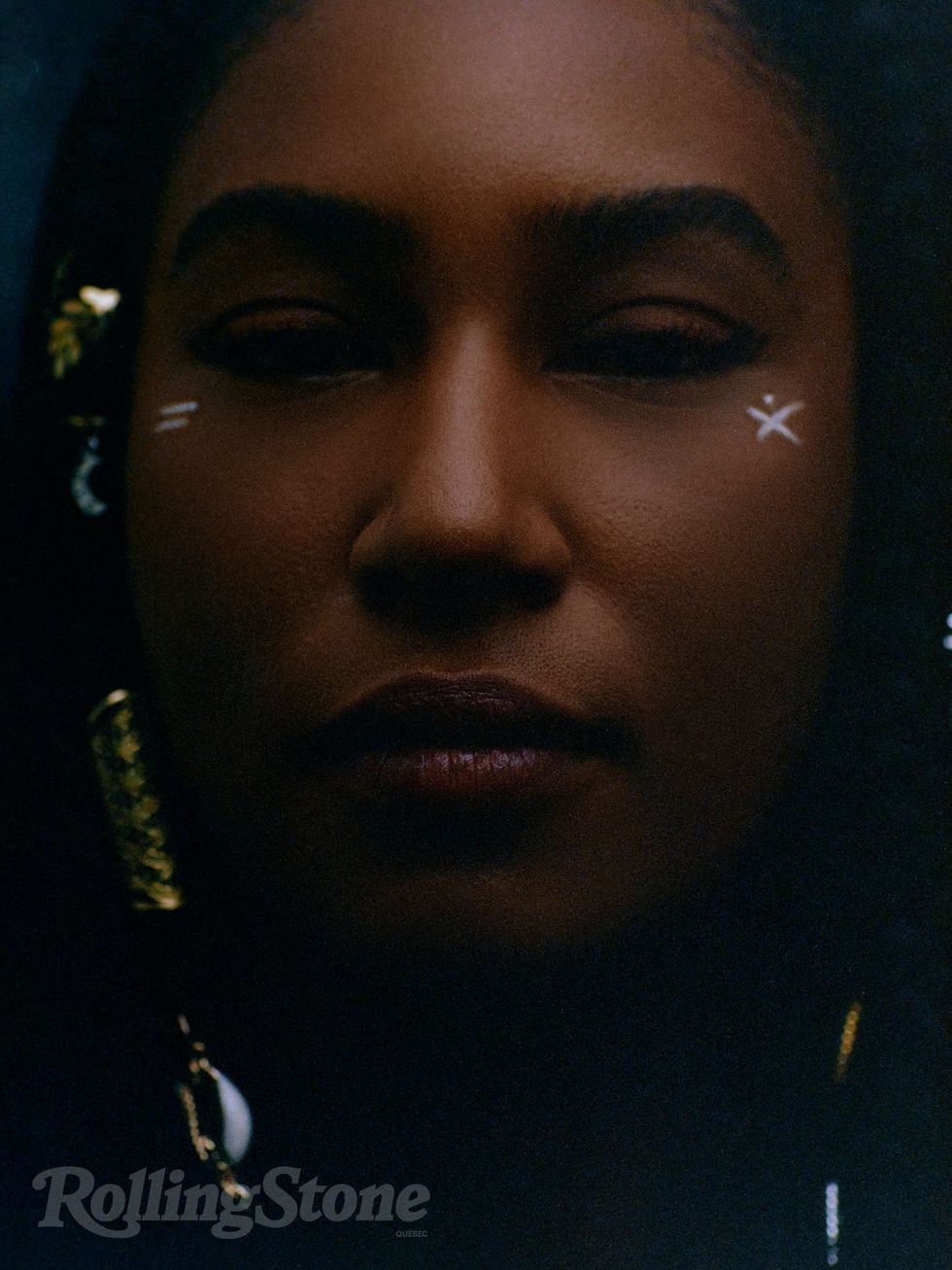 Jewelry: Personal Collection
Jewelry: Personal Collection 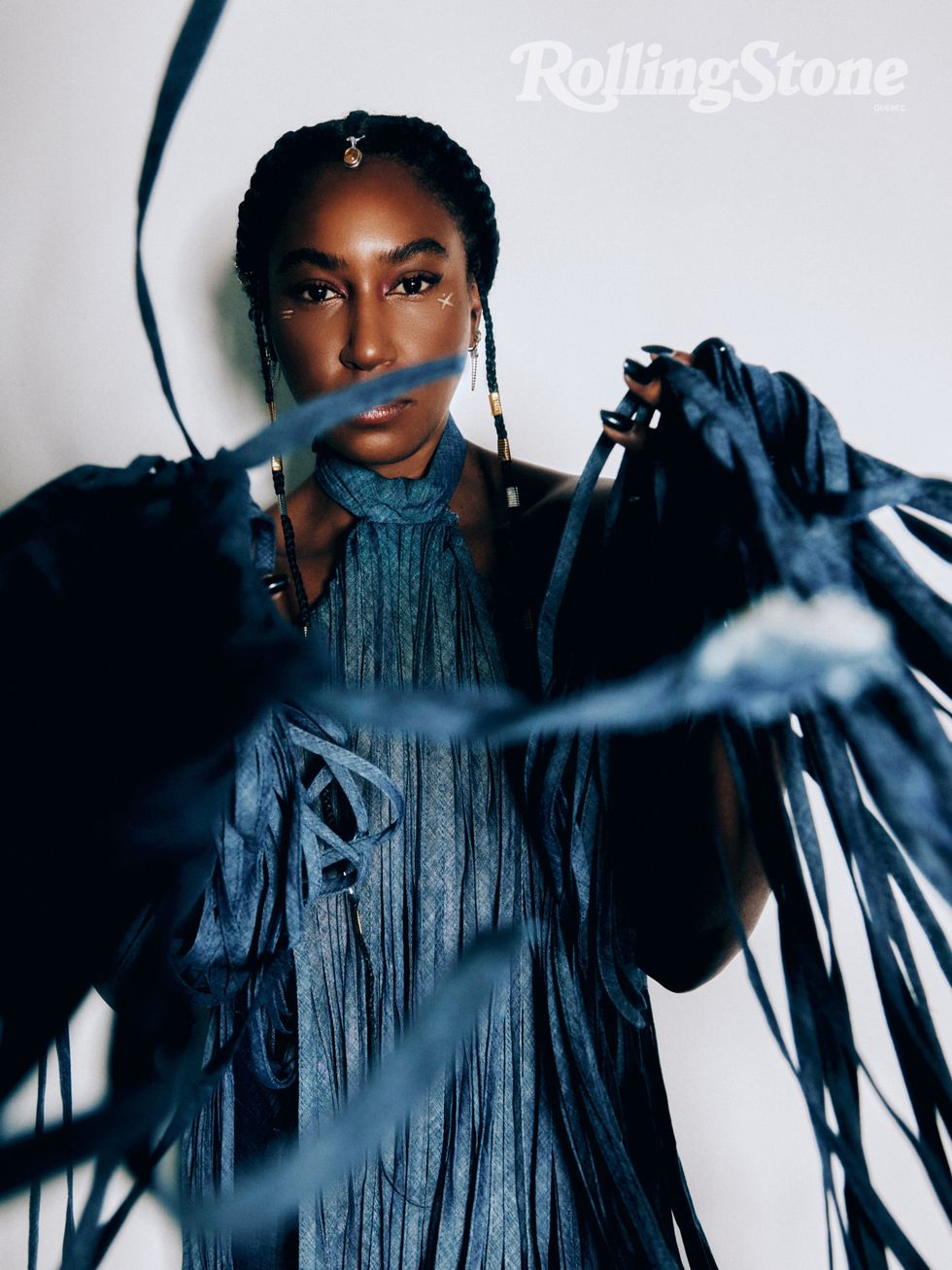 Dress: Helmer/Jewelry: Personal Collection
Dress: Helmer/Jewelry: Personal Collection 

 Catering Presented By The Food DudesPhoto by Snapdrg0n
Catering Presented By The Food DudesPhoto by Snapdrg0n Catering Presented By The Food DudesPhoto by Snapdrg0n
Catering Presented By The Food DudesPhoto by Snapdrg0n Catering Presented By The Food DudesPhoto by Snapdrg0n
Catering Presented By The Food DudesPhoto by Snapdrg0n
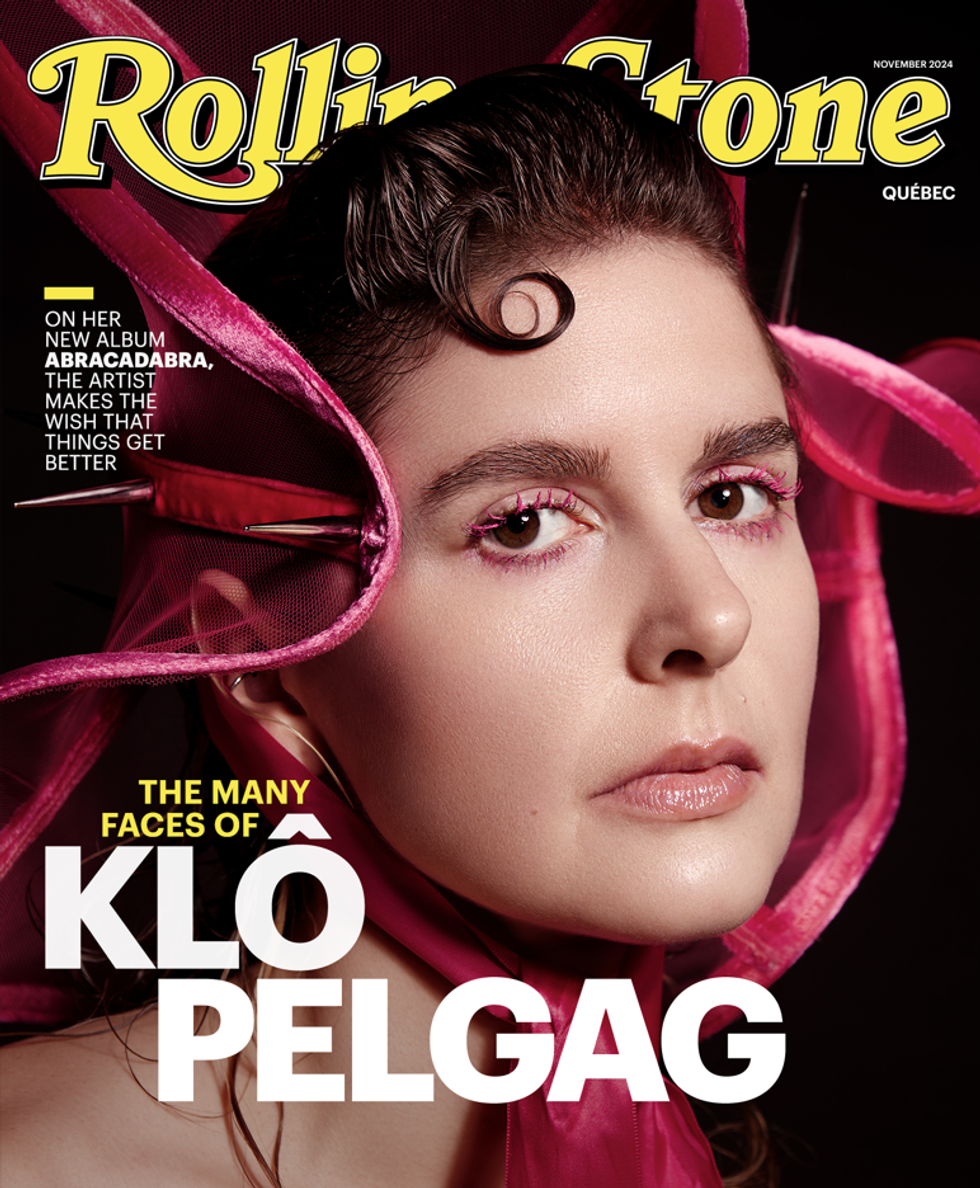 Photographer: Raphaëlle Sohier / Executive production: Elizabeth Crisante & Amanda Dorenberg / Design: Alex Filipas / Post-production: Bryan Egan/ Headpiece: Tristan Réhel
Photographer: Raphaëlle Sohier / Executive production: Elizabeth Crisante & Amanda Dorenberg / Design: Alex Filipas / Post-production: Bryan Egan/ Headpiece: Tristan Réhel Photo: Raphaëlle Sohier
Photo: Raphaëlle Sohier Photo: Raphaëlle Sohier/ Photo production: Bryan Egan/ Blazer:
Photo: Raphaëlle Sohier/ Photo production: Bryan Egan/ Blazer:  Photo: Raphaëlle Sohier/ Blazer: Vivienne Westwood/ Skirt :
Photo: Raphaëlle Sohier/ Blazer: Vivienne Westwood/ Skirt : 